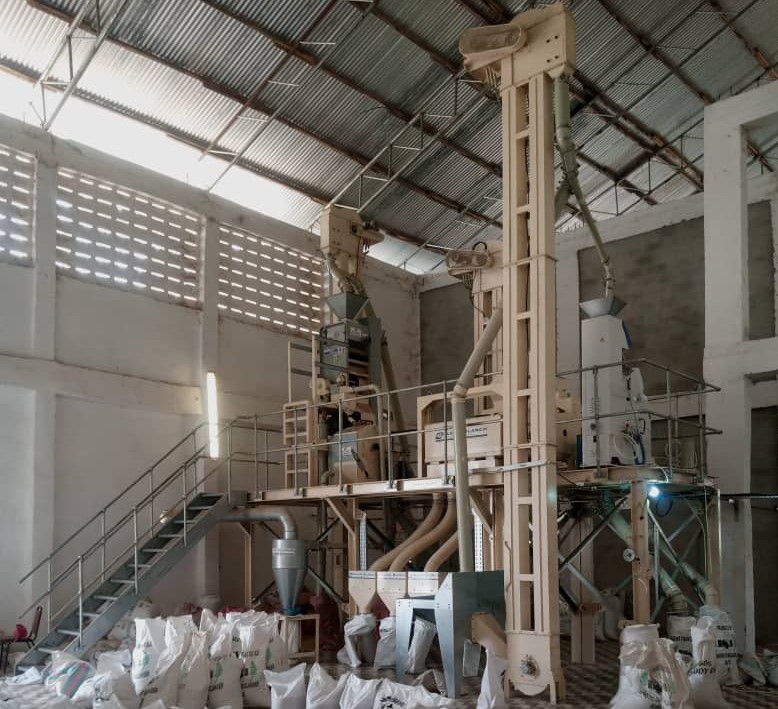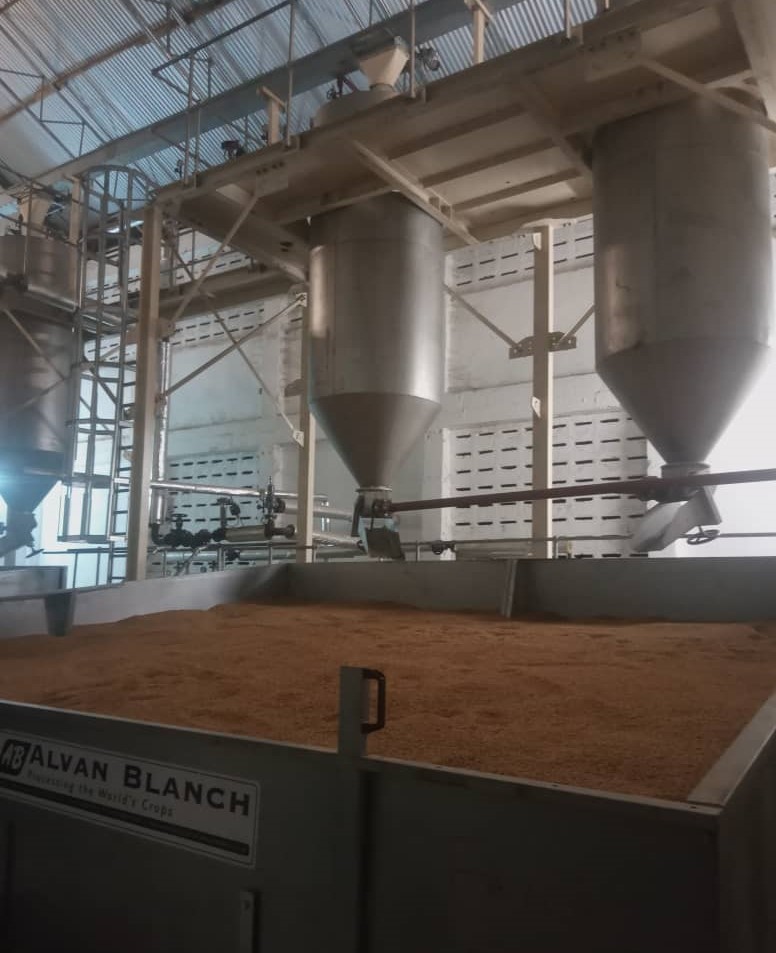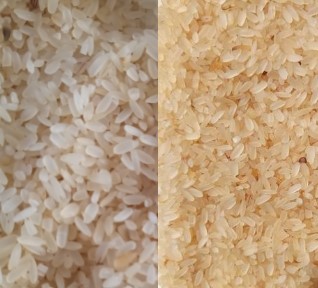WHY THEY BLOATED THE PRICE OF BROKEN RICE?
February 12, 2025

The use of rice as food rather than non-food is vital to sustainably feeding an ever-increasing world population. Rice quality mainly determines the market price. Rice quality also influences consumer acceptance. Consumers, often consider that good quality rice should not have broken kernels.
USDA 3 has developed several tight measures of quality for rice. The term “Broken kernels” means kernels of rice which are less than three-fourths of whole kernels. Whole or broken kernels of rice which are one-half or more chalky are defined as Chalky kernels. A type of rice for example: “Short grain milled rice” shall consist of milled rice which contains not more than 10.0% broken kernels.

Broken rice is produced when the rice grains break into smaller pieces. They are typically sold at a lower price. The breaking can vary depending on factors such as the rice variety, method, and the quality of the equipment used. The milling process removes the outer husk and bran, breaking about 20% of the rice kernels 2. Broken rice is discounted in price by almost ½ or downgraded to non-human consumption. According to Richardson, Crandall, Seo, and O’Bryan participants—77 females and 23 males aged from 19 years to 64 years in their consumer-focused study—could not differentiate rice samples that included broken milled rice ranging between 5% and 20% of their total weights, however, the participants differentiated those samples that included broken rice as either 30% or 40% of the total weight, from the control rice samples 2.

Broken rice can be ground into rice flour to make rice noodles. There are many other exciting ways of using rice flour. Cooking it to achieve perfectly cooked rice, without letting them stick to each other, can be a challenge. Broken rice has a shorter cooking time. Broken rice can get sticky if it is not cooked properly. It’s important to rinse broken rice to remove some starch. The amount of water that is needed to add to rice will depend on the cooking equipment and the type of rice. Sometimes, adding water to a rice cooker about a centimeter above the rice level is enough.
Many foods contain starch. Broken rice is starchier than normal rice. Some individuals experience discomfort including bloating, gas, abdominal pain, fatigue, and headaches, usually within a few hours of consuming starchy food.
Parboiling of paddy is partially boiling the rice within its husk. Raw rice has a soft structure. Raw rice breaks into pieces as a result of the application of mechanical forces to remove the outer husk. Parboiling is used to make the structure hard to minimize the production of broken rice while improving its nutritional value.
More →
- Alvan Blanch Development Company Ltd, Processing the World's Crops (Since 1952)
- US Consumers’ Perceptions of Raw and Cooked Broken Rice
- United States Standards for Milled Rice (U.S. Department of Agriculture)
